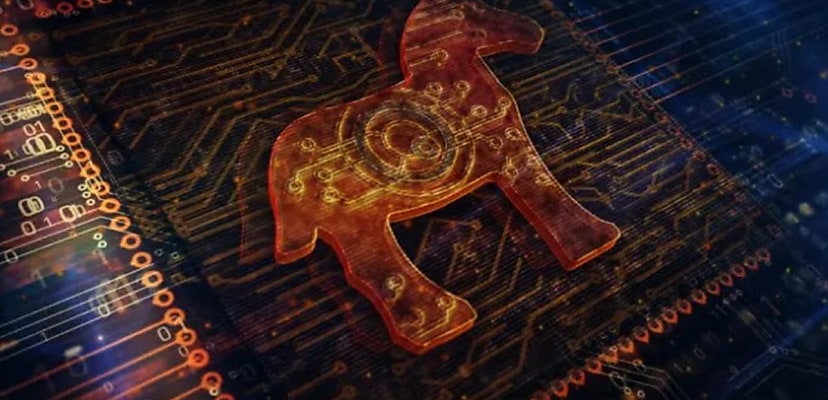These malicious programs allow unauthorised individuals to gain remote access to your computer, enabling them to control it without your knowledge. To protect yourself and your data, here are three essential things you need to know about remote access Trojans.
1. How RATs work
Remote access Trojans are designed to be stealthy and covert. They are typically distributed through phishing emails, infected websites, or software downloads from untrusted sources. Once a RAT infects your computer, it remains hidden and operates silently in the background. It establishes a connection between your compromised device and a remote server controlled by the attacker. This connection grants the intruder full access to your computer, allowing them to execute commands, steal sensitive information, record keystrokes, take screenshots, and even activate your webcam or microphone.
RATs are often used for various nefarious purposes, such as spying, data theft, distributing malware, or launching further attacks.
2. Indicators of a RAT Infection
Detecting a remote access trojan can be challenging since they are specifically designed to evade detection. However, there are certain signs that may indicate a RAT infection. Sluggish computer performance, unexpected system crashes, unexplained network activity, or unusual files appearing on your system are all red flags. Additionally, if you notice your mouse cursor moving independently, files being modified or deleted without your consent, or strange pop-ups appearing on your screen, it could be a strong indication of a RAT at work.
3. Preventing RAT infections
Prevention is always better than the cure when it comes to remote access trojans. Here are some essential measures you can take to protect yourself:
a. Be vigilant about phishing: RATs are often distributed through phishing emails. Be cautious of suspicious emails from unknown senders, and avoid clicking on suspicious links or downloading attachments from unverified sources.
b. Keep your software up to date: Regularly update your operating system, antivirus software, and other applications to ensure you have the latest security patches that can help protect against RATs.
c. Use strong passwords: Create unique, complex passwords for all your accounts and enable two-factor authentication whenever possible. This helps prevent unauthorised access to your systems.
d. Be cautious with downloads: Only download software or files from trusted sources. Avoid downloading pirated content or visiting suspicious websites that may harbour RATs.
e. Educate yourself: Stay informed about the latest cyber security threats and best practices. Regularly update your knowledge about RATs and other malware to better protect yourself and your devices.

